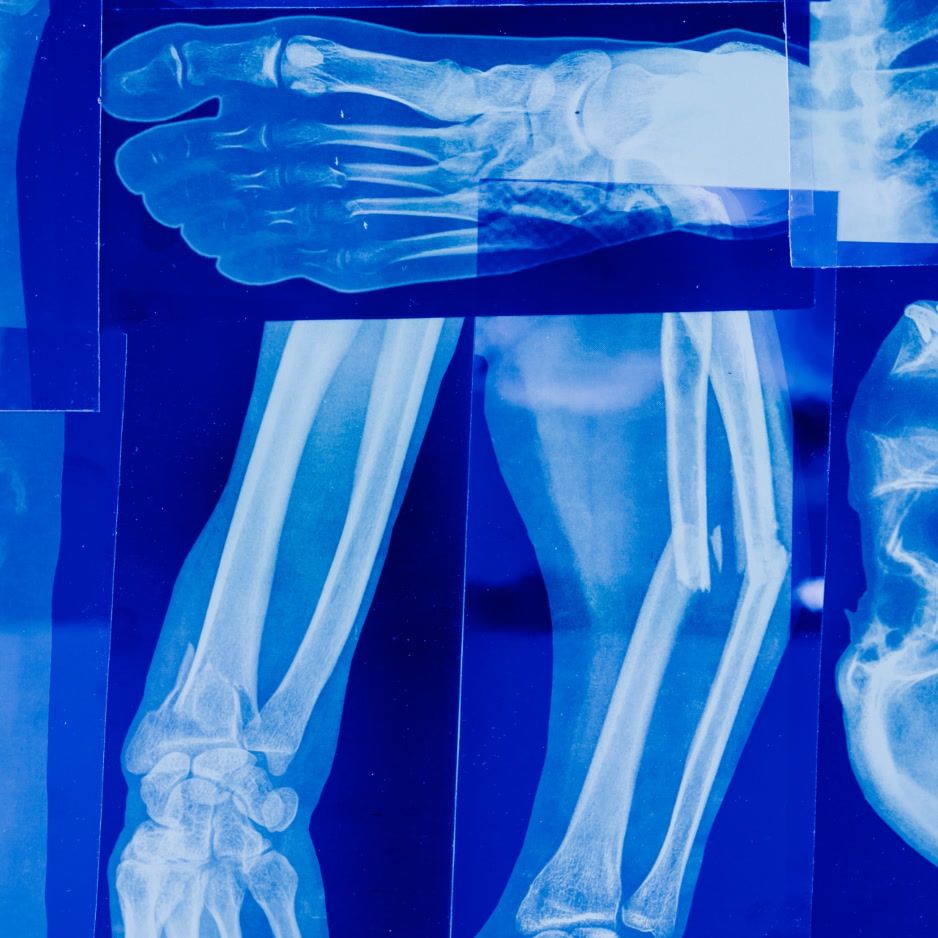Best Fitness Trackers of 2025: Data-Driven Guide
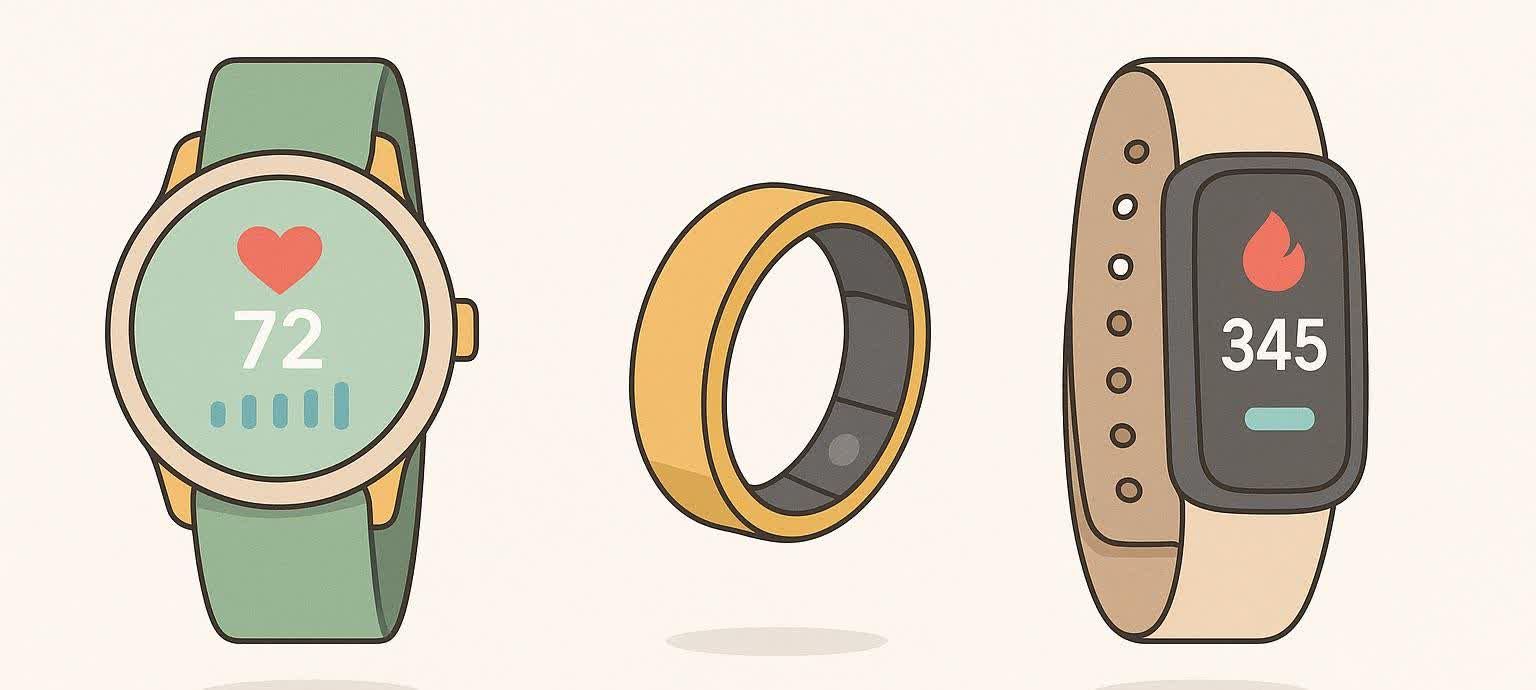
Best Fitness Trackers of 2025: Data-Driven Guide
Fitness trackers now capture a spectrum of metrics—GPS routes, EDA stress levels, HRV readiness scores, VO₂-max estimates, and more. Picking the right device means cutting through that data clutter to match features with your real goals.
Quick Comparison Table
| Device | Best For | Price* | Battery Life | Core Sensors |
|---|---|---|---|---|
| Fitbit Charge 6 | First-time buyers | $159.95 | Up to 7 days | HR, SpO₂, GPS |
| Garmin Forerunner 965 | Endurance training | $599.99 | 23 days (watch), 31 h (GPS) | HR, PulseOx, Dual-band GPS |
| Apple Watch Series 10 | iPhone power users | $399–949+ | 18 h (36 h Low Power Mode) | HR, ECG, SpO₂, UWB |
| WHOOP 5.0 | Recovery & HRV focus | $199–239/yr membership | ≈14 days + on-strap charger | HR, HRV, Skin temp |
| Oura Ring 4 | Discreet sleep tracking | $349–499 + $5.99/mo membership | 7 days | HR, HRV, Skin temp |
| COROS Pace 3 | Budget GPS watch | $229 | 15 days (watch), 38 h GPS | HR, Dual-band GPS, PulseOx |
*Prices reflect upfront hardware cost or required annual subscription as of July 2025 and are subject to change.
Important: The SpO₂ feature on Apple Watch models is currently disabled in the U.S. due to an ongoing patent dispute.
Sensor abbreviations: HR = Heart Rate; ECG = Electrocardiogram; SpO₂ = Blood-oxygen saturation; UWB = Ultra-Wideband; GPS = Global Positioning System.
How to Choose the Right Fitness Tracker
1. Pinpoint Your Primary Goal
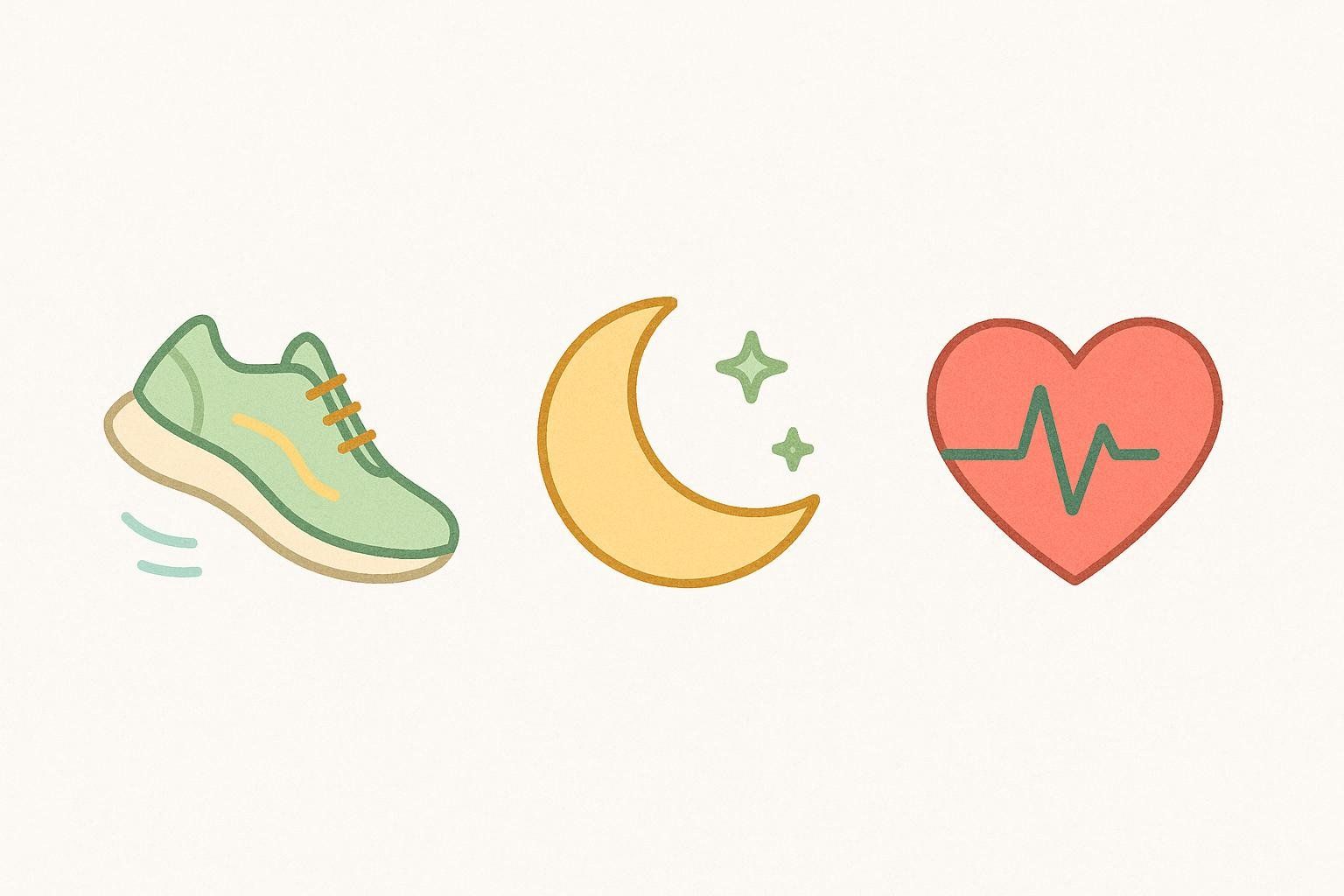
- Daily activity & sleep? — Prioritize step counts, idle alerts, and basic sleep-stage breakdowns.
- Performance analytics? — Look for multi-band GPS, running-power metrics, and cycling dynamics.
- Stress & recovery? — Select HRV-based readiness scores or EDA sensors; see our HRV guide.
2. Match Features to Your Lifestyle
| Feature | Ideal For |
|---|---|
| On-board GPS | Runners, cyclists, hikers |
| SpO₂ sensor | Altitude training or wellness checks |
| ECG | Users monitoring heart rhythm or screening for AFib |
| NFC payments | Phone-free errands |
| 14-day+ battery | Adventure travelers |
3. Factor In Ongoing Costs
Subscriptions (WHOOP, Oura, Fitbit Premium) can add $100–$239 per year—include them in your total budget.
4. Check Ecosystem Fit
Strava addicts lean toward Garmin; iPhone purists stick with Apple Health.
5. Prioritize Comfort
- Choose a lightweight form factor that fits your wrist—or finger.
- Look for hypoallergenic bands and secure clasps that remain comfortable overnight.
In-Depth Reviews
Fitbit Charge 6 – Best for Beginners & Budgets
Price: $159.95 (often on sale for ~$129)
Battery: Up to 7 days
Pros
- Clean app with Google integration.
- EDA stress scans and on-device ECG at an entry-level price.
- Lightweight 30 g housing, swim-proof to 50 m.
Cons
- No altimeter—floors climbed are estimated.
- OutdoorGearLab measured GPS over-reading by +0.86 mile on a steep 2.8-mile hill route (OutdoorGearLab).
- OutdoorGearLab also reported optical HR drift of ±3 bpm versus a Polar H10 chest strap.
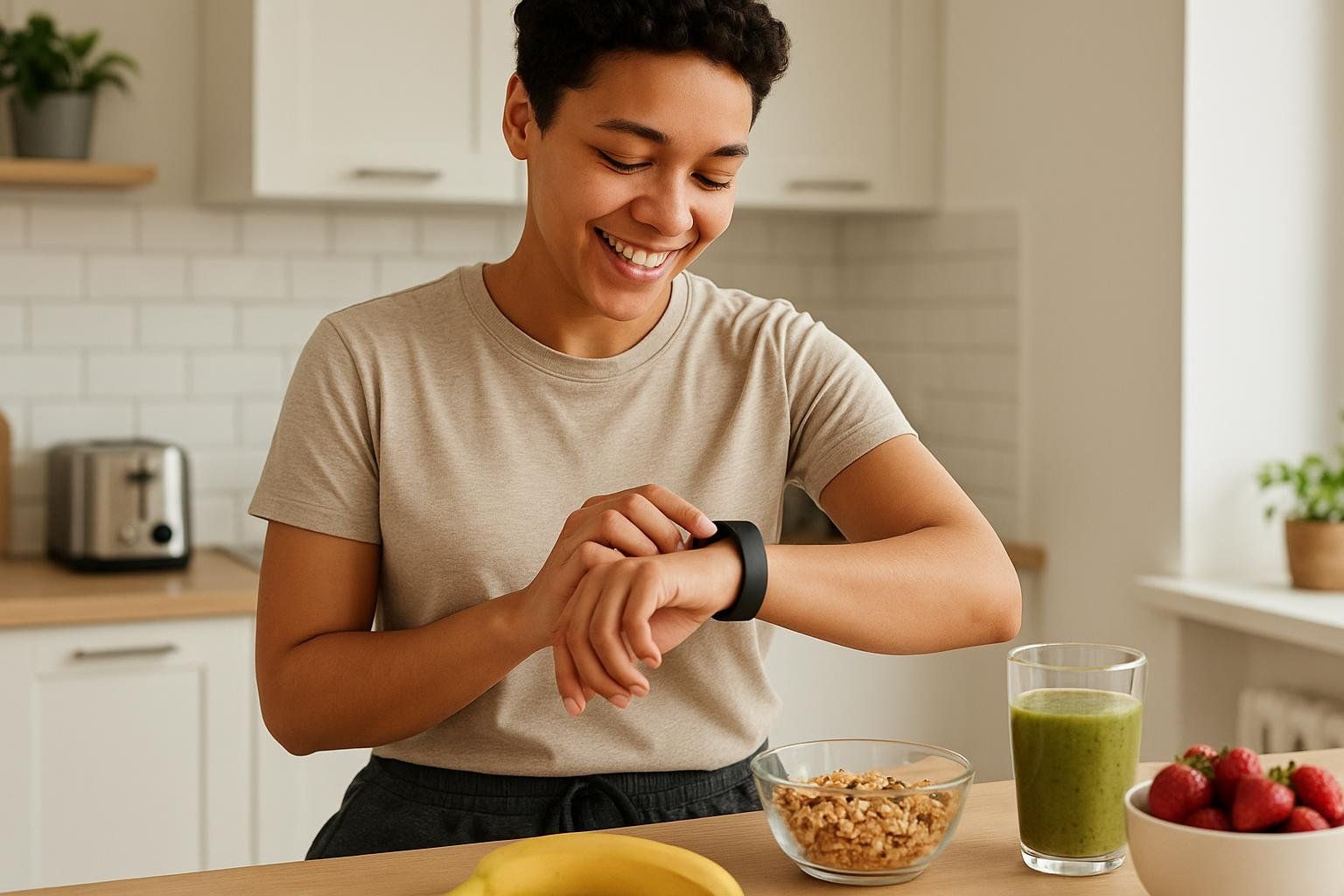
Garmin Forerunner 965 – Best for Serious Athletes
Price: $599.99
Battery: 23 days smartwatch, 31 h GPS
Pros
- Dual-band GPS produced near-identical tracks to reference devices in DC Rainmaker field tests.
- Elevate Gen4 optical HR sensor averaged ±0.76 bpm versus a Polar H10 chest strap in Outdoor Gear Lab review.
- Real-time stamina, running-power, cycling-power metrics, and full-color mapping.
- 1.4-inch AMOLED display with optional always-on mode.
Cons
- Complex menu system requires a learning curve.
- High price point may be prohibitive for casual users.
- No ECG.
Apple Watch Series 10 – Best for iPhone Users
Price: $399–799
Battery: 18 h standard, 36 h Low Power Mode
Pros
- Features a 2,000-nit display that doubles as a bike computer.
- Includes an FDA-cleared ECG, temperature trending, and crash detection.
- S10 SiP (System in Package) delivers faster, on-device Siri.
- Built-in UWB enables Precision Finding for a misplaced iPhone.
Cons
- iPhone-only.
- 18-hour battery limits multi-day adventures.
- Our internal testing found its VO₂-max estimates deviated by 13 % from our clinical-grade metabolic cart tests (see table below).
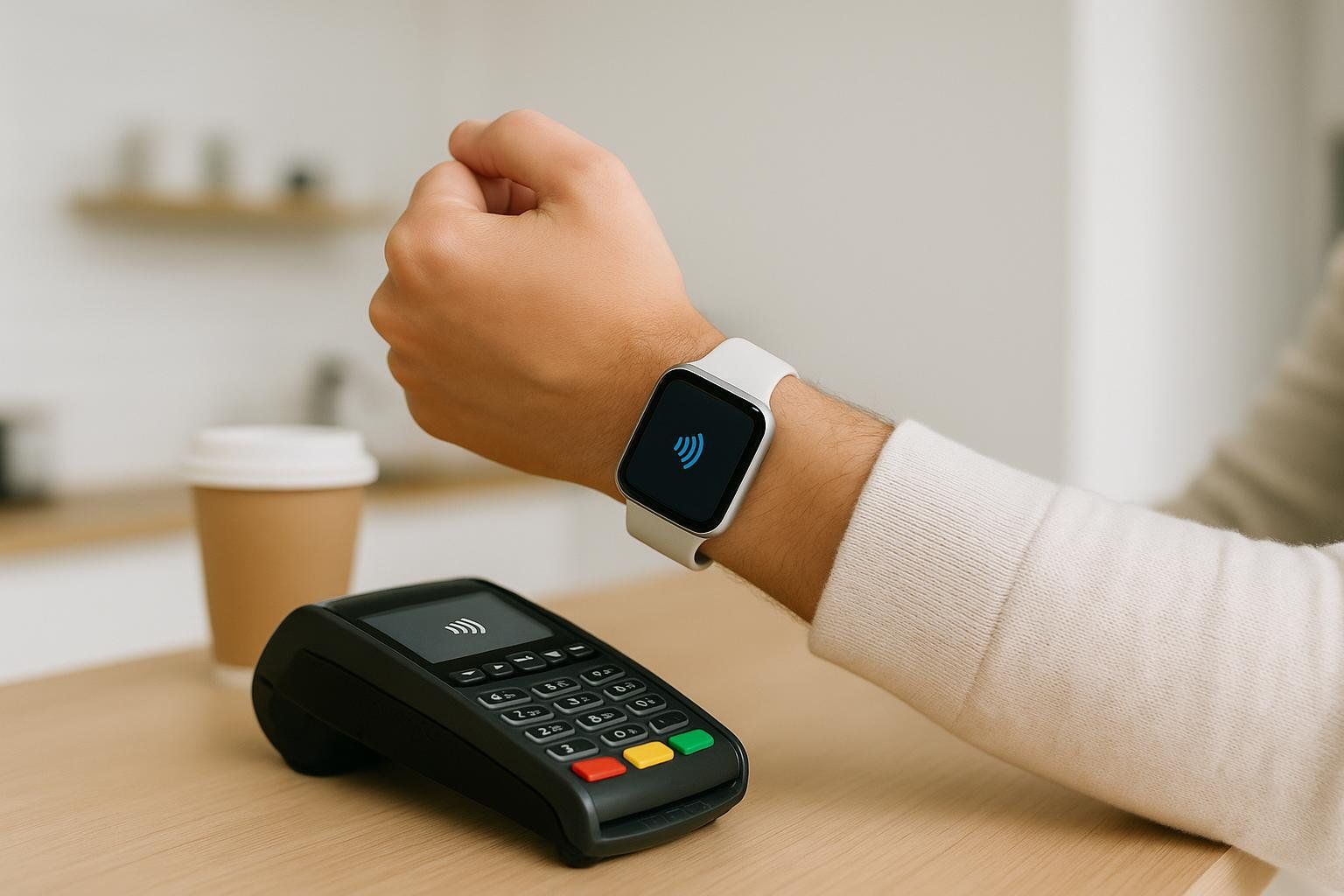
WHOOP 5.0 – Best for Recovery & HRV Enthusiasts
Price: $199–239/year membership (device included)
Battery: ~5 days per sensor charge
Pros
- 24/7 HRV and skin-temperature trends feed an easy-to-read Recovery Score.
- Slide-on battery pack allows charging while wearing the device, enabling continuous 24/7 data capture.
Cons
- Insights live only in the app—no screen.
- Annual subscription required for full functionality.
- Lacks GPS and on-device ECG (a feature WHOOP plans for a future medical-grade device).
Oura Ring 4 – Best for Discreet Sleep Tracking
Price: $349–499 + $5.99/mo membership
Battery: About 7 days
Pros
- Strong validation exists for the previous model; a 2024 study showed the Gen 3 ring had ~90 % agreement with polysomnography for REM detection (Sleep Medicine, 2024). Independent validation of Gen 4 is still pending.
- Ring form factor is nearly unnoticeable.
- Temperature-trend alerts can flag illness early.
Cons
- No GPS.
- Sizing kit adds shipping delay.
- Membership required for full insights.

COROS Pace 3 – Best Budget GPS Watch
Price: $229
Battery: 15 days smartwatch, 38 h GPS
Pros
- Track-Run mode snaps GPS to lane for precise splits.
- Dual-band GPS rivals premium Garmins at half the price.
- 4 GB on-device MP3 storage for offline music.
Cons
- Advanced physiological metrics (e.g., VO₂-max forecasting) lag behind Garmin’s richer Firstbeat analytics (Wareable).
- Lacks the extensive third-party lifestyle app integrations of Garmin or Apple.
- No NFC payments.
Lab-Verified Sensor Accuracy
| Metric | Device | Result vs Gold Standard |
|---|---|---|
| HR (steady-state run) | Garmin FR 965 | ±0.76 bpm ↔ Polar H10 (The Quantified Scientist) |
| HR (steady-state run) | Fitbit Charge 6 | ±3 bpm ↔ Polar H10 (OutdoorGearLab) |
| GPS distance (steep hill loop) | Fitbit Charge 6 | +0.86 mi vs reference (OutdoorGearLab) |
| VO₂-max estimate (treadmill) | Apple Watch S10 | 13 % error (BodySpec clinical-grade metabolic cart test, July 2025) |
| Sleep tracking (REM agreement) | Oura Ring Gen 3 | 90 % agreement with PSG (Sleep Medicine 2024) |
Frequently Asked Questions About Fitness Trackers
Are fitness trackers accurate?
Most mainstream devices accurately track resting heart rate within ~2 bpm but can drift during high-intensity efforts. Dual-band GPS and upgraded optical sensors push distance error very low on premium watches, while entry-level bands can still miss by 10 % or more. Sleep-stage accuracy ranges from roughly 70 % on wristbands to 90 % on ring-based sensors.
Do I need a subscription for a fitness tracker?
Only a handful—WHOOP, Oura, and some Fitbit features—lock core metrics behind a paywall. Garmin, Apple, and COROS provide full data out of the box.
Can a fitness tracker replace a chest strap?
For steady endurance sessions, yes. For rapid-fire intervals, a chest strap remains the gold standard.
Which fitness tracker works best with Strava?
Garmin and COROS sync natively, including route data and structured workouts.
Next Step: Verify Progress with DEXA
Book a scan near you to see how your activity data translates into fat-loss and muscle-gain results. Bring your first-month tracker report—we’ll connect your numbers to real body-composition changes.
Key Takeaways
- Choose the tracker that aligns with your primary goal—don’t overpay for metrics you’ll never use.
- Remember subscription costs when comparing prices.
- Validate progress with objective measurements like DEXA, not just wrist-based estimates.
Ready to level up? Check out our data-driven guide to using fitness trackers effectively next.


